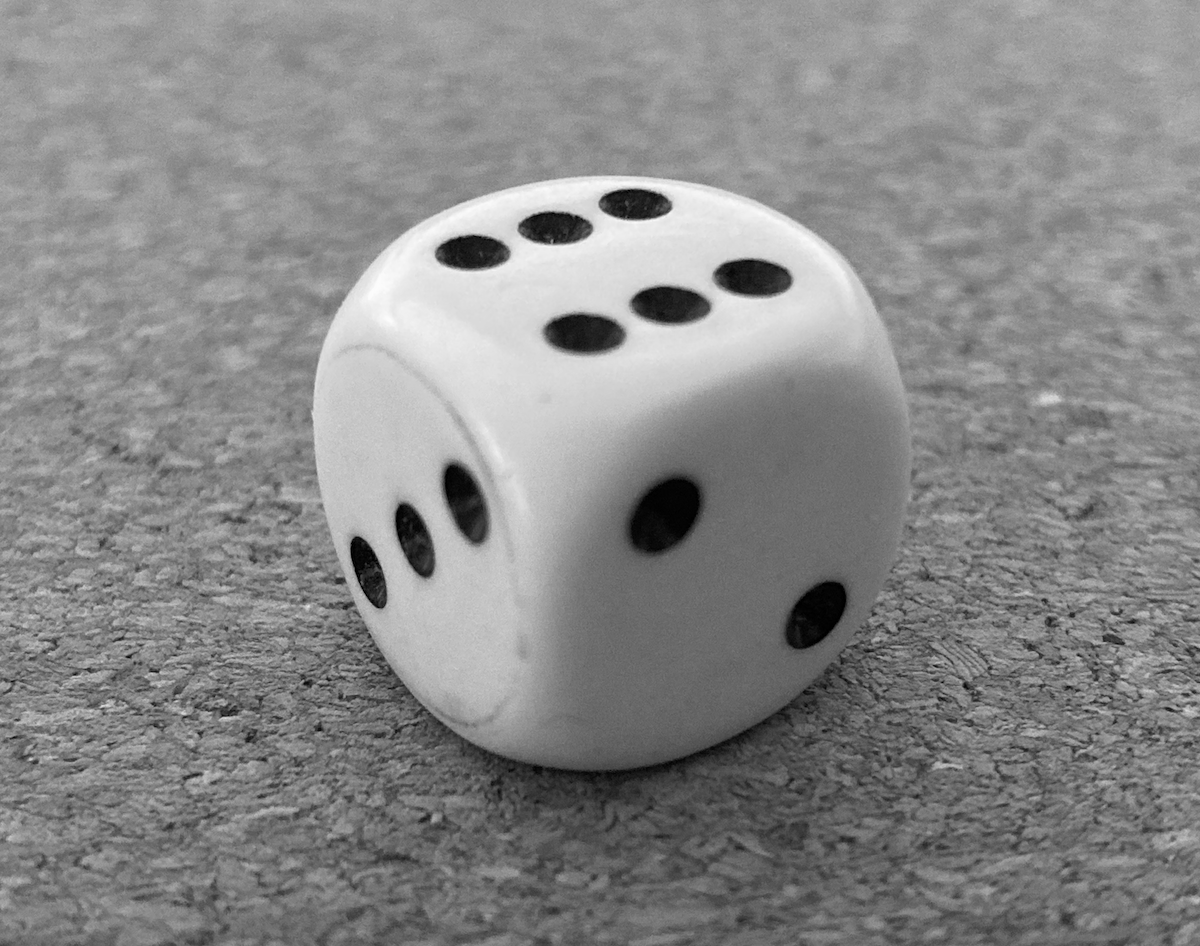“In the elusive role of serendipity and the field of observation, chance favours only the prepared mind.” (Pasteur in Woods, 2014, p. 176)
One of my favourite properties is Serendipity (p. 212).
Partly because it’s one of those ‘obvious’ things that happens in studio every day: random encounters, discussions, and interactions that lead to new and interesting things
But it’s also because Serendipity isn’t just a made up thing – it’s not just all about luck and chance and that’s all you can say about it. Serendipity has a practical definition based on some pretty interesting research and scholarship.
And that’s what I think is important about Studio Properties as a book – it takes something that is slightly obvious or something we take for granted, and it shows that there’s a lot more to it than you might realise.
Serendipity depends on two things and, without either: luck and preparedness. Without either of these it doesn’t work so well.
What’s even more important is that we, as educators or designers, can do something about both of these.
For luck, it is possible to increase the likelihood of something fortuitous taking place. One reason for studio existing is to increase this likelihood through seeing other work that might give you a new idea social comparison, a chance conversation dialogue, or even just the stuff that covers studio surfaces. The trick to this is ensuring that
Preparedness is also something to that can be developed and cultivated. James Webb Young (2003) in his famous book on creativity dedicates an entire section on how designers prepare their minds long before they even start to approach an idea, often using some very basic activities: reading different books, trying new activities/hobbies, learning a new skill. In other words, by simply taking an active interest Learning by Doing and following up on their curiosity, a designer prepares their mind for the next serendipitous encounter.
So, as a slightly cheeky self-citation (Williams et al., 2014, pp 29–31), here’s a list of examples of things you can do to Prepare your Mind for the next chance encounter:
- Pick up a random magazine (yes, made from paper) and read it. All of it.
- Judge a book by its cover: go to a library and BROWSE for a book that looks or feels nice. Be superficial an go with what looks good only. Then read it.
- Have a “Say YES!” day.
- Take an online course in some different subject.
- Practise idea generation methods regularly for a month.
- Have a Listening Day (where you say nothing about yourself and only listen to others).
- Start a pet project that has nothing at all to do with what you normally do or even like.
- Attend a public lecture at your local college, library, or university
You can read the full Serendipity property below and you can buy the book (or get the full Open Access version) from the Bloomsbury website here.
Jones, D., Boling, E., Brown, J. B., Corazzo, J., Gray, C. M., & Lotz, N. (2025). Studio Properties: A Field Guide to Design Education (1st ed.). Bloomsbury Publishing PLC.
Williams, A., Jones, D., & Robertson, J. (Eds.). (2014). BITE: Recipes for Remarkable Research (1st ed.). Sense Publishers. http://oro.open.ac.uk/39586/
Young, J. W. (2003). A Technique for Producing Ideas. McGraw-Hill.

